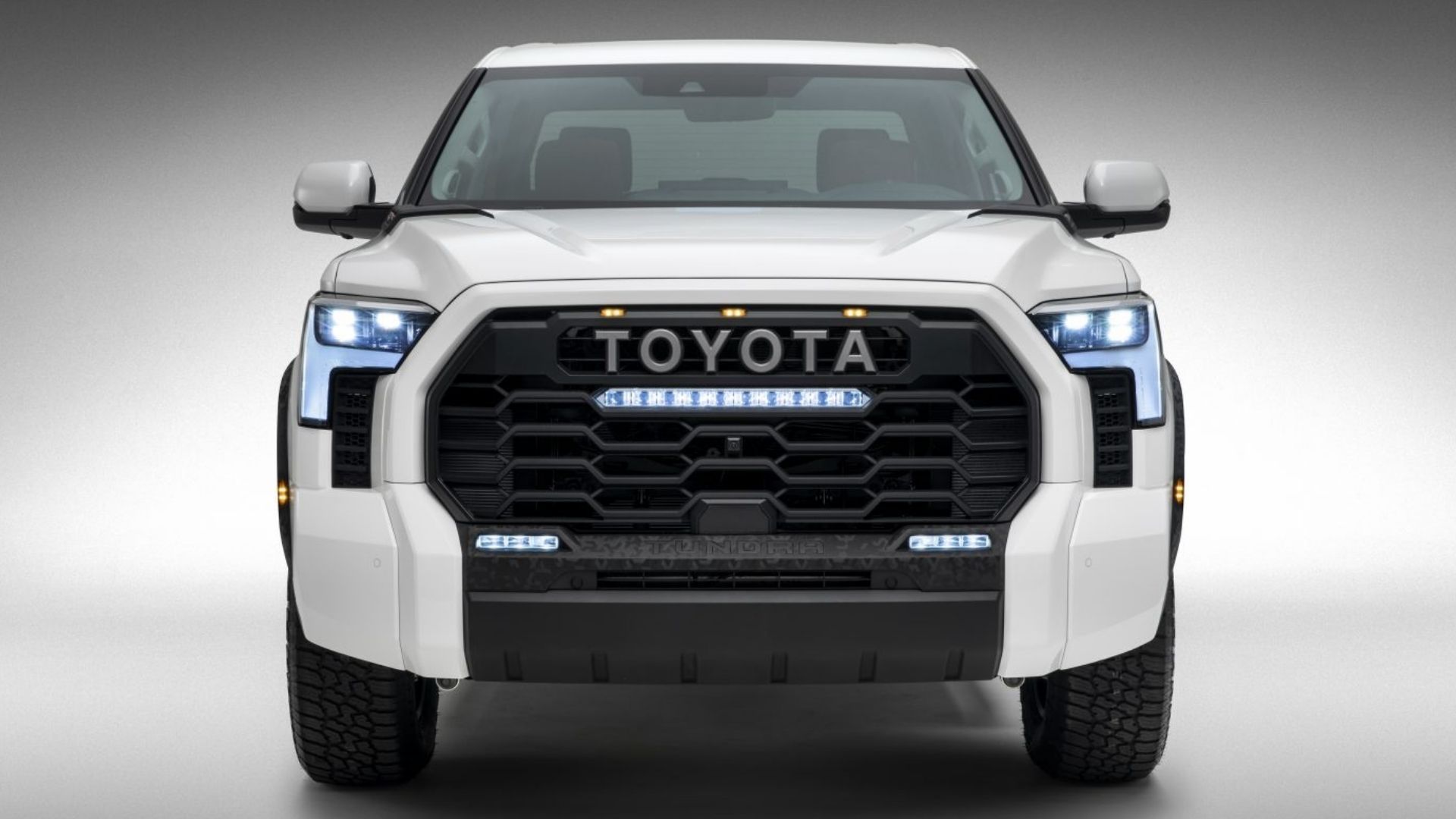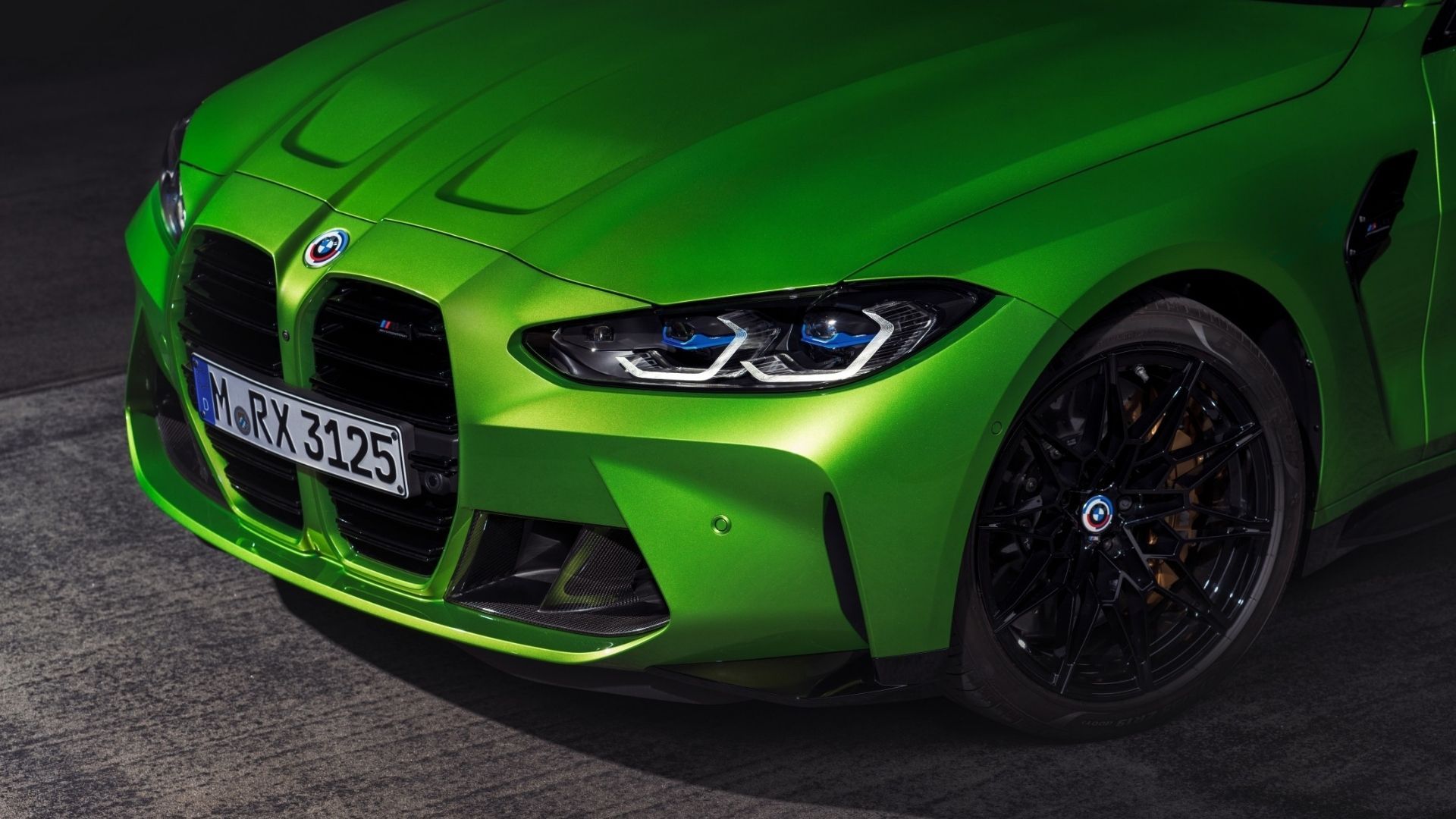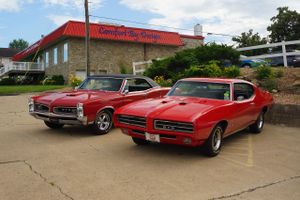Global regulation is killing creativity…
On December 11, 2009, the United Nations Economic Commission For Europe’s Inland Transport Committee drafted a boring-sounding document which would forever change the appearance of cars around the world. Sitting in Geneva, these worldwide regulators decided on Global Technical Regulation No. 9 which dictates the design of modern vehicles for pedestrian safety. If you’ve been wondering why new cars in the past few years all look eerily similar and completely uninspiring, this is why.
Following discussion with safety experts from Germany and Japan, this influential UN council, which was established to promote economic cooperation among different nations, singlehandedly made it so your Toyota and your neighbor’s Ford look far too similar to your other neighbor’s Hyundai. Yes, modern cars are blobs on wheels, a far departure from the titillating styling of the 1960s or the daring shapes of the 1990s.
The issue is too many pedestrians hit by cars were injured or even killed by the impact. Now, your front fascia is designed to deform rather than break bones and your hood performs like a giant baseball glove which catches the person. Hey, if it saves even one life, it’s worth it, or so we’re told about this and so many other things these days.

You might be wondering why a UN council in Europe, Geneva to be exact, would impact how cars look in North America. Well, UNECE not only covers Europe but also has jurisdiction in North America, the Middle East, and Russia. Nice, huh? Here you thought we lived in a sovereign nation. Instead, the UN is calling the shots for at least some of our vehicle safety standards because US officials have decided to get onboard.
This wasn’t an overnight process. Just like everyone else, you probably had zero idea that back in 1998 UNECE published a document “Agreement Concerning the Establishment of Global Technical Regulations for Wheeled Vehicles, Equipment, and Parts Which Can Be Fitted And/Or Be Used on Wheeled Vehicles” likely because you thought the UN was just full of hot air and said things which meant little to nothing. Well, think again.
From there, UNECE collected proposals for regulations from member nations, deciding which were necessary to implement. After a decade, it started drafting standards for everything from motorcycle brakes to windshield safety glazing. Isn’t it comforting to know the UN is looking out for all our safety?
While there are many, many other regulations which dictate how cars are designed both for here in the United States and in other countries, Global Technical Regulation No. 9 has arguably had the biggest impact in the past decade. Even though the US doesn’t have to follow any UN regulation, federal regulators here have been willing to play ball on this one. You can reach your own conclusions about why that would be, but it’s probably not just so Mazda doesn’t have to draw up two sets of front fascias when selling a car in the US versus Canada. Sure, that’s a consideration, but use your imagination and you can probably come up with more.

As a result, hoodlines on cars must be much higher than they were in the past. That higher placement allows for space between the engine block and hood, making the sheet metal behave more like a baseball glove, catching a pedestrian instead of their body impacting the cylinder heads or something else very solid. Moving the hoodline up has led to automakers using bigger wheels to balance out proportions. The result is cars these days look bloated. You can especially see the changes in newer BMWs, but it’s affecting the whole market.
People who aren’t that into cars look at them like they do their fridge, washer, or any other appliance, so they will think we’re making a big deal about nothing. After all, it’s not worth having a cool-looking muscle car if it’s going to kill someone who jumps out in front of it, right? These days, social responsibility is the ultimate fashion statement.
But how far will this go? Where’s the boundary, the point where we say maybe we’ve made everyone safe enough or even too safe? Should all speed limits be 25 mph because that would keep everyone safer? Why not 15 mph? Yes, those are ridiculous proposals, but they illustrate a point: safety has to be balanced with other interests. When it solely dictates all decisions, creativity, freedom, efficiency, etc. are stifled. Eventually, you snuff out the human spirit. Maybe that’s the point of all this. That sure would explain why pointing this out often brings rancor and ridicule, as you’ll likely see in the comments section. So, thank the UN for why modern cars look the same: like bloated toads.






